Top 10 Future Weapons Of India
You Probably Didn’t Know About
Being a global leader in development
and one of the top 5 military powers in the world, India is constantly developing
new arms and ammunition and improving on previous versions of its weaponry.
With security challenges increasing, both from within and across borders, the
country seems poised to continue with its development agenda. In this post, we
bring you some of the weapons that the country is developing right now. Take a
look.
# 1. HAL AMCA && FGFA
HAL AMCA is a super-maneuverable multirole combat aircrax designed for the air superiority, ground attack, bombing, intercepting, Strike and other types of roles. It combines supercruise, stealth, AESA radar, maneuverability, and advanced avionics to overcome and suppress previous generation fighter aircrax along with many ground and maritime defences. It has state of the art systems, flight surfaces and controls, and two internal weapons bays which can each carry four air-to-air missiles. It also comes armed with a 30 mm cannon. The HAL AMCA is expected to have a top speed of Mach 2.5 and be able to operate at an altitude of nearly 60,000 feet.
SUKHOI/HAL FGFA
This Fixh Generation Fighter Aircrax (FGFA) or Perspective Multi-role Fighter
is being developed as a joint venture between Russia and India. It is being designed
to compete with the F-22 Raptor and the F- 35. It will feature a 30 mm cannon
to complement its many missiles. The two-man-crew fighter can travel at an
altitude up to 65,000 feet while reaching speeds of Mach 2.3.
IAF is looking for Indian built FGFA to have nearly 70-80 % of components which can be sourced from India with Russian imports limited to less than 20-30 % range. IAF reportedly is also asking for better high thrust engines which have better serviceability and also have higher Indian made components.
IAF is looking for Indian built FGFA to have nearly 70-80 % of components which can be sourced from India with Russian imports limited to less than 20-30 % range. IAF reportedly is also asking for better high thrust engines which have better serviceability and also have higher Indian made components.
# 2. Agni-VI
Agni-VI is an intercontinental ballistic missile under development by the DRDO
for the use of the Indian Armed Forces. Agni-VI will be a four-stage intercontinental
ballistic missile. Agni-6 will carry a massive three-tonne warhead, thrice the
weight of the one-tonne warhead that Agni missiles have carried so far. This
will allow each Agni-6 missile to launch several nuclear warheads -Multiple
Independently Targetable Re-entry Warheads (MIRVs) – with each warhead striking
a diwerent target. Each warhead – called Maneuverable Reentry Vehicle (MARV) performs
evasive maneuvers while hurtling down towards its target, confusing enemy air
defence missiles that are trying to destroy them mid-air. And these maneuverable
warheads will giveAgni VI an extended range exact figure of which is currently classified.
It will be taller than its predecessor Agni V, and is expected to be flight
tested by 2017. Agni-VI missile is likely to carry up to 10 MIRV warheads and will
have a strike range of 8,000 km to 12,000 km.
A major factor towards greater range would be
the weight reduction in the 50-tonne Agni-5, as older, heavier sub-systems are
replaced by lighter, more reliable ones, including many made with lightweight composite
materials.
# 3. INS Vishal
INS Vishal is currently under development and is expected to be commissioned in
2025. It will be nuclear powered (allegedly) and nearly 50% larger than INS
Vikramaditya. Aircrax’s like DRDO AURA are expected to operate for the carrier.
INS Vishal will be able to accommodate
up to 55 aircrax (35 fixed-wing combat aircrax and 20 rotary wing aircrax),
launched using a catapult assisted takeow but arrested recovery (CATOBAR)
aircrax launch system, incorporating U.S. defense contractor’s General Atomics’
new electromagnetic aircrax launch system (EMALS) technology.
The INS Vishal will be the first
non-Western aircrax carrier equipped with the complex CATOBAR launch capability.
CATOBAR aircrax launch systems put less strain
on the airframe of planes during takeow reducing maintenance cost in the long
run and also allows carrier-based aircrax to carry a heavier
weapons payload. Furthermore, CATOBAR launch systems increase the sortie rates
of carrier air wings by allowing a faster landing and takeow rate.
The Indian Navy’s preference for the CATOBAR
aircrax launch system indicates that the new warship will in all likelihood not
carry MiG-29K Fulcrum fighter jets, the current mainstay of India’s naval
combat aviation.
The INS Vishal will follow her sister
vessel, the INS Vikrant into carrier service in the next decade and sport
flat-top flight deck.
# 4. BrahMos-II or BrahMos Mark II
BrahMos-II is a hyper-sonic cruise missile currently under joint
development by Russia and India. It is speculated that it will travel at a
speed of Mach 7 and have an operational range of 180 miles. It has the ability
to be fired from ships, submarines, aircrax, and land, and is a versatile
missile that will strike fast. It will hit with a mighty force to destroy
hardened and buried targets such as bunkers and storage facilities. It is
scheduled to be ready by 2020.
BrahMos-II will confer on India a
major strategic advantage in mountain warfare against China. The missile is
designed to select targets hidden behind a mountain range.
The hypersonic weapon’s immense
destructive power will result from kinetic energy. An object striking a target
at 6 Mach will generate 36 times the force of an object of the same mass
striking the target at 1 Mach. This phenomenon makes hypersonic weapons well
suited to attacking hardened or deeply buried targets such as bunkers or
nuclear and biological-weapon storage facilities.
#5. HAL Tejas MK-II
The HAL Tejas MK-II is a multi-role light combat fighter aircrax with stealth
capabilities. The MK2 is an improvement over LCA Airforce Mk1 with higher
thrust engine. This aircrax will have improved survivability, maintainability
and obsolescence mitigation. Active Electronically Scanned Array (AESA) Radar,
Unified Electronic warfare Suite (UEWS) and On-Board Oxygen Generation System
(OBOGS) are some of the state of the art technologies planned to be integrated.
The cockpit design has been improved with bigger size, smart Multi function
Displays (MFD) and smart Head Up Display (HUD).
Tejas Mk.2 will be a 4++ gen aircrax with
tactical strike, air reconnaissance,air defense, and maritime roles which is
enough for a light fighter and it can continue upto 2055 till it becomes
obsolete.
Mk.1A is also in development which
will get to air before 2020. It will have minor changes as compared to Mk.1 and
will possess some advanced avionics. It will have no design changes.
#6. Future Main Battle Tank-India :
Currently Indian Armed Forces use/or use in near future three diwerent types of
main battle tanks and six diwerent series of main battle tanks. Arjun series
tanks are the indigenous battle tanks which was developed keeping in mind to
tackle M1 Abrams which was a potential weapon for Pakistan. However since our
requirements changed, Arjun has lost the place .Rather now Indian Army wants
more lighter tank with advanced armour protection and enhanced fire power.
Impressed by Russia’s T-14 Armata MBT
India started to there own future Main Battle Tank development programme.
Combat Vehicles Research and
Development Establishment (CVRDE) , a laboratory of the Defence Research and
Development Organisation (DRDO) is in the process of developing a futuristic
battle tank called Future Main Battle Tank (FMBT) .The main features ofFMBT
will be as follows…..
1) Stealth: The Army insists
that stealth be built into the FMBT from the ground up — including paints/materials
to provide limited invisibility in IR/visible spectrum and for scrambling and avoidance
of detection.
2) Armour: FMBT will feature a new
generation armour which can withstand even with Fin Stabilized Armour Piercing
Discarding Sabot (FSAPDS) ammunition, the most lethal kinetic energy ammunition,
capable of destroying all known tank armor. India most probably will be the first country to withstand with such kinetic energy threat.
The Army says it wants a
high-performance armour system on its FMBT with advanced materials incorporating
the following qualities:
(a) Reduced penetration by most lethal weapons,
(b) Elimination of parasitic mass leading to a weight reduction,
(c) Excellent corrosion resistance,
(d) Inherent thermal and acoustic insulation properties.
(b) Elimination of parasitic mass leading to a weight reduction,
(c) Excellent corrosion resistance,
(d) Inherent thermal and acoustic insulation properties.
3) Active and Passive Protection System: This tank will feature both active and passive protection system. If the enemy fires a missile using an infrared weapon, sox-kill passive technology would jam the infrared rays thus eliminating the enemy projectile from destroying the asset. If the enemy fires a laser guided missile or a beam rider missile (BRM), in such cases the futuristic MBT will have laser sensors, which will identify whether it is fired from laser guided machine or BRM. The active protection system would launch grenades, which will generate smoke. By this process, the MBT remains hidden and the tank would retaliate at the enemy by launching its own missiles.
#7. INS Aridhaman Class Submarine
INS Aridhaman is the second
Arihant-class submarine.She is the second nuclear-powered ballistic missile
submarine being built by India.Even though the same class as INS Arihant, she
will feature 8 launch tubes instead of the 4 giving her double the firepower of
Arihant. Thus she could carry 24 K-15 Sagarika short range SLBMs or 8 K-4 long
range SLBMs. She will also feature more powerful reactor than her predecessor. Sister
ship of Aridhaman which will be similar to the lead ship Aridhaman currently is
designated as S4 and another follow on Sister Class dubbed as S4* (Plus) will
make up Three Aridhaman Ballistic Missile Class Submarine fleet of Indian Navy.
Sandeep Unnithan. Exec Editor, India
Today also confirms that India Navy already has started working on the
successor of Aridhaman Ballistic Missile Class Submarine at least a decade ago
and new larger Ballistic Missile Class which will be designated as S5 and will
be as big as Ohio class nuclear-powered submarines currently used by the United
States Navy. It is unclear how many S5 sister class ships will be developed at
this point in time but the construction of the new class of SSBN is yet to
commence and it is likely will go on the floor for nearly a decade from now.
India will be having a fleet of following
numbers of Nuclear Submarines in near future
:
1 SSBN’s of Arihant Class +3 SSBN’s of Aridhaman Class + S5 SSBN’s apart from 6
new SSN’s + INS Chakra and 1 more to be leased from Russia.
# 8. Aura UCAV
AURA is an autonomous unmanned combat air vehicle (UCAV),The ADA describes the AURA as a “selfdefending high-speed reconnaissance UAV with weapon firing capability”.The project is being developed by the Defence Research and Development Organisation for the Indian Air Force and Indian Navy. The design work on the UCAV is to be carried out by Aeronautical Development Agency (ADA).
The AURA is expected to carry a pair of laser-guided bombs or similar (depending on mission scope). The DRDO AURA program is in its very early stages of design with certain aspects of the program still being addressed. First flight is optimistically planned for sometime in 2015 and introduction into service is planned for 2020. The AURA came to be largely due to the lack of interest in global suppliers of UCAVs willing to sell an existing system to the IAF. As such, a homegrown ewort was born.
# 9. PAD/ AAD BALLISTIC MISSILE DEFENSE (BMD) SYSTEM,
XRSAM && S400
The Indian BMD program raised eyebrows when it was first announced and has come
a long way since. It has been successfully tested against a short range ballistic
missile and is reportedly deployable at short notice to protect major cities.
Two interceptor missiles, the PAD (Prithvi Air Defence) and the AAD (Advanced
Air Defence) along with the Green Pine radar form the core of this system. The
PAD is an exo-atmospheric interceptor with a ceiling of over 80 km and a range
of over 2000 km. It is used to intercept ballistic missiles which are
travelling outside the Earth’s atmosphere. The AAD is an endo-atmospheric
interceptor with a range of 250+ km and a ceiling of 30 km. It’s used to intercept
short-range ballistic missiles. Both these missiles initially guided by an
Inertial Navigation System (INS) and have an active radar seeker for homing in
on the target.
The long-range Swordfish radar is used to track and provide fire control to
these missiles. This Israeli radar has a range of 800+ km and can be used for
tracking enemy missile launches and trajectories. India is upgrading this radar
to increase its range to 1500 km. This will be used along with upgraded
variants of the PAD/AAD missiles which will have a longer range and a higher
flight ceiling. It is said that the AAD missile can be used as a long-range SAM
to shoot down enemy aircrax and cruise missiles as well. This would make India
one of the few operators of 250+ km range SAMs. The PAD and AAD missiles
working in tandem are said to have a hit probability of 99.8% against enemy ballistic
missile.
XRSAM
XRSAM will be used to bridge the gap between MR-SAM (70 km) and S-400 (400 km)
Air Defence System and will be using spin-ow technologies developed for countries
Anti-Ballistic missile Defence system. The total system will be consisting of
two diwerent surface to air missiles. One will have 250km range another will
have 400km range. These missile will have active radar homing guidance unlike
48N6 & 40N6 SAMs of S-400 have both semi active & active radar homing.
According to some unconfirmed sources India is also developing GaN based UHF
radars for this system. Though there are no info available on it’s FCR till
now.
DRDO is yet to confirm if XRSAM Air Defence Missile system will consist of one or two diwerent type of missile system yet but there are unconfirmed reports indicating that system will be capable of simultaneously engaging cruise missiles, aircrax and ballistic targets, hinting of using two slightly diwerent missile configuartion of same type .
S-400
The S-400s popularity lies in the fact it can neutralize drones as well as
ballistic and cruise missiles within a range of 400 kms up to an altitude of
close to 32 kms.
The S-400 ‘Triumf’ air defence missile systems is equipped with three diwerent
types of missiles and an acquisition radar capable of tracking up to 300
targets within the range of nearly 600 kms.
Triumf is a system made of eight launchers and a control station.
It is capable of firing three types of missiles, creating a layered defence, and simultaneously engaging 36 targets.
Triumf is a system made of eight launchers and a control station.
It is capable of firing three types of missiles, creating a layered defence, and simultaneously engaging 36 targets.
# 10. Project-75I Submarine Project && Project-18 Class Destroyer (Armed With Railgun)
The Project 75I-class submarine is a follow-on of the Project 75 Kalvari-class submarine for the Indian navy. Under this project, the Indian Navy intends to acquire 6 diesel-electric submarines, which will also feature advanced Air-independent propulsion (AIP) systems to enable them to stay submerged for longer duration and substantially increase their operational range. In October 2014, the project got clearance from Defence Acquisition Council. All six submarines are expected to be constructed in Indian shipyards.
The Project 75I-class submarines will have a vertical launch system(VLS) to
enable them to carry multiple Brahmos supersonic cruise missiles, making the submarines
fully capable of anti surface and anti-ship warfare missions. Project 75I
submarines will also be armed with torpedoes and will feature advanced stealth
capabilities such as a greater ability to suppress noise and acoustic
signatures. Submarines will also be outfitted with Air-independent propulsion (AIP)
fuel cells which can significantly increase submerged endurance and operational
range.
Project-18 Class Destroyers
Project 18 class destroyers will be equipped with advanced
systems such as electromagnetic railguns, laser-based close-in weapon systems,
advanced AESA and PESA radars, and active and passive array sonars.Kakinda
Shipyard in collaboration with Mazgaon docks and L&T will lay keel for the
destroyers that will have a displacement of 9000 tonnes. Meanwhile, DRDO in collaboration
with Bharat Electronics will be designing the next generation of radar systems.
The already developed Air and Missile defence system (AMDS) is being further
worked upon. The AESA and PESA are to have extended ranges and possible merger
into one multi-band radar. The destroyer will also have an X-band optronic mast
detector radar.
The Electromagnetic Railgun:
Electromagnetic gun replacing the
famed Otobreda of Indian Navy, will be supported with laser based CIWS, in
works in LASTEC of DRDO. The warship will be deployed with 300 kW of laser
system, capable of shooting down the aerial threats. The planned CIWS will draw
inspiration from the present Phalnax CIWS and have its own radar. Indian Army
has also
expressed interests in the project, for it wishes to mount laser based systems on its combat vehicles. Additionally, the warship will also be equipped with small 100 kW laser based weapon systems with faster charging rates and continuous rate of application.
expressed interests in the project, for it wishes to mount laser based systems on its combat vehicles. Additionally, the warship will also be equipped with small 100 kW laser based weapon systems with faster charging rates and continuous rate of application.
Laser-based CIWS
It is being developed by DRDO’s Laser Science and Technology
Centre, Delhi will employ 300 kW of laser system enough to take out any aerial
threat. It will have its own radar. In addition, the warship will have a smaller
100kW laser too.
Source:- Wikipedia, Quora


.jpg)

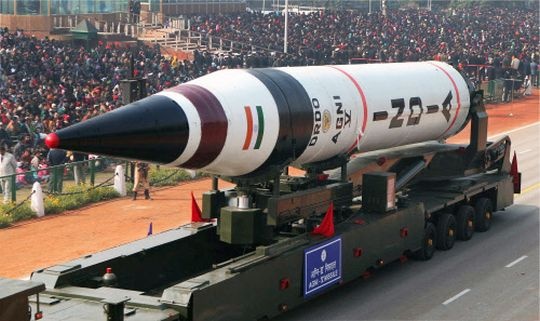
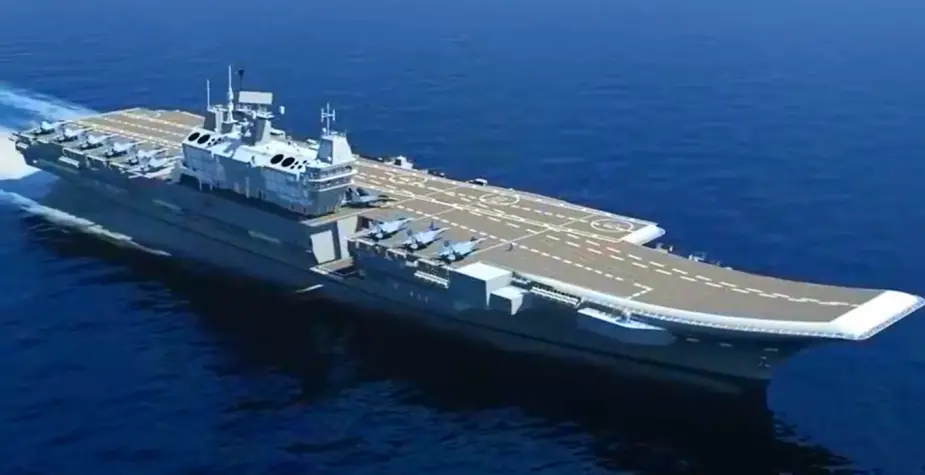
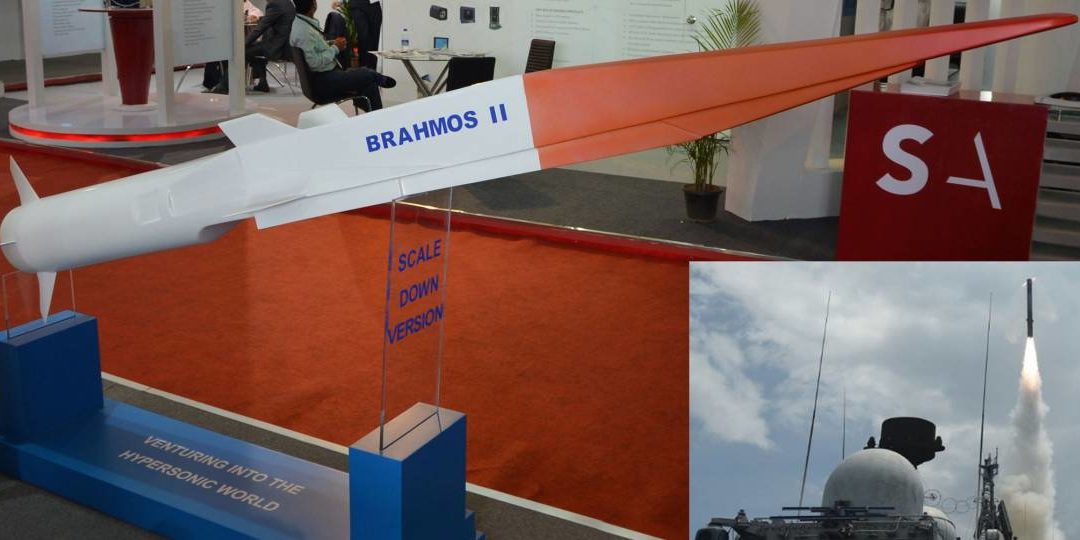




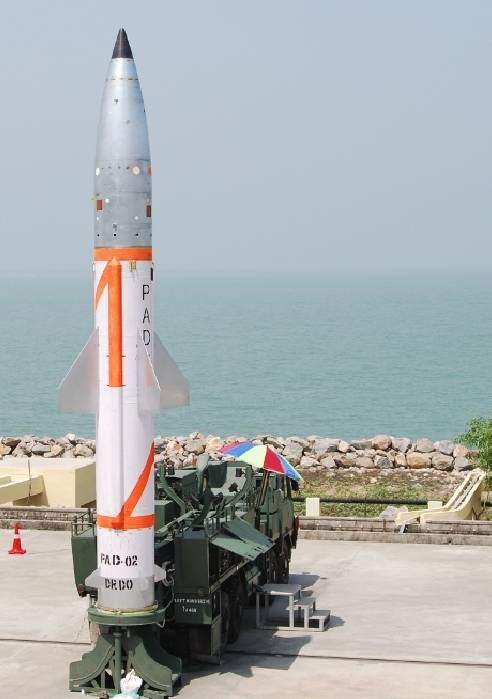
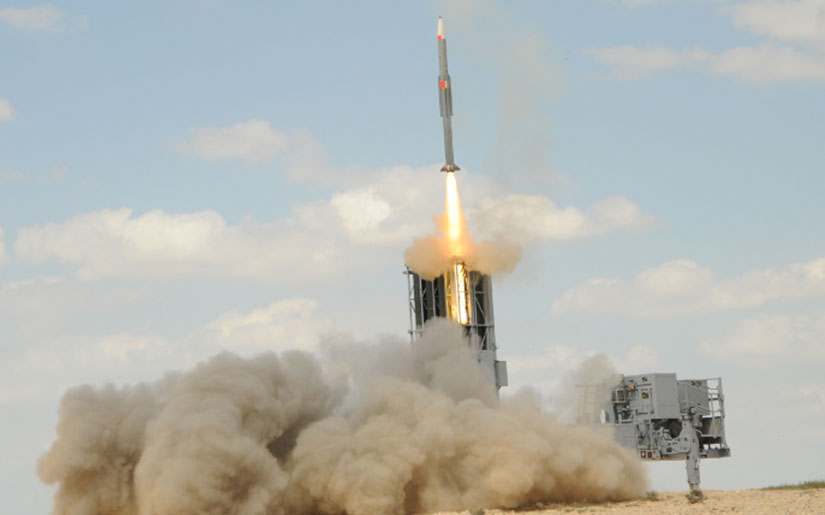
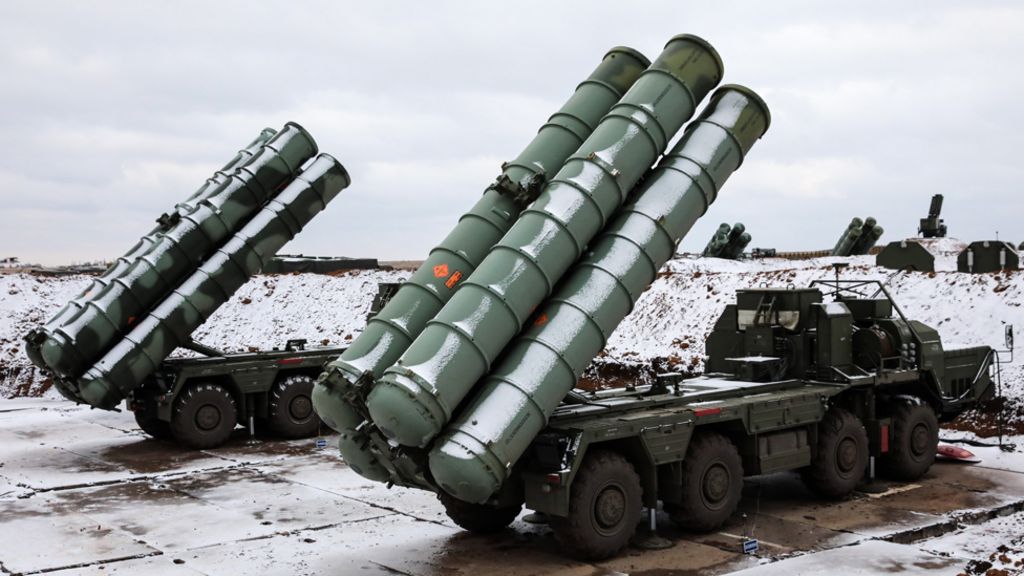









0 Comments